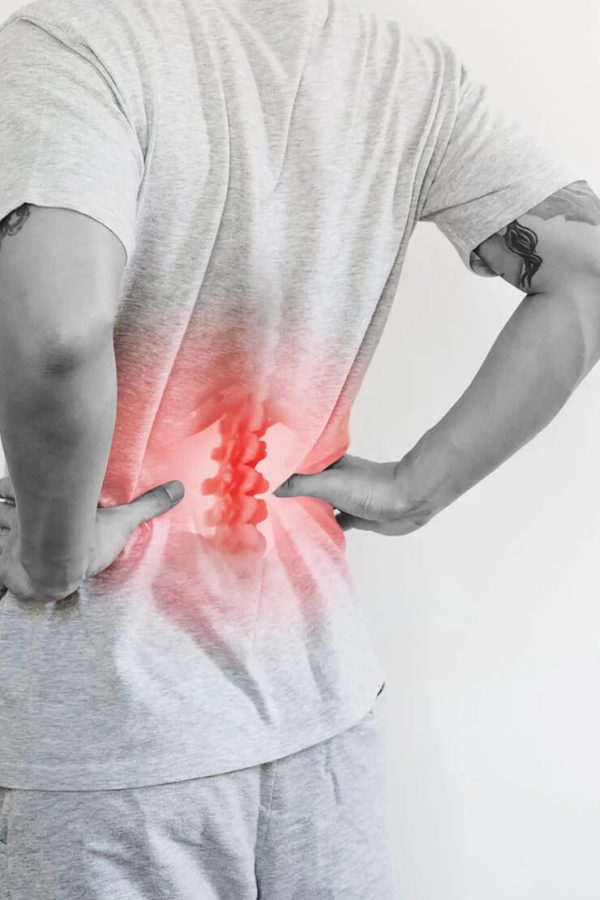Refer a Patient
iScope is currently accepting new patients. A referral from your primary care physician or specialist is required for consultations covered by your provincial plan. If you require rehabilitation services a referral is not required.
Chronic pain management focuses on relieving and enhancing the quality of life for those with persistent or long-lasting pain. Toronto chronic pain is complex and can have multiple underlying causes, so its management frequently requires a multidisciplinary approach.
Chronic pain is pain that persists or lasts longer than the normal recovery period for an injury or illness. It is frequently defined as discomfort lasting three to six months or longer. Chronic pain Toronto can have a significant impact on an individual’s daily existence, affecting physical functioning, emotional health, and overall quality of life.
Managing chronic pain frequently requires a combination of approaches and perseverance, as it takes time to identify the most effective strategies for your condition. Open communication with your healthcare team is necessary for navigating and optimizing your voyage with pain management.

Chronic pain is defined as any persistent pain that lasts longer than three to six months after an injury has healed. Trauma, disease, or underlying medical conditions are all factors that can contribute to it. Chronic pain can impair a person’s daily activities and quality of life. Treatment options include medication, physical therapy, and nutritional changes. The goal of treatment is to alleviate pain sensations while improving overall performance and well-being. Chronic pain may not be curable in some cases and will require ongoing management. Chronic pain patients must work with medical professionals to develop a customized treatment strategy.
Chronic pain syndrome is defined by persistent pain that lasts for at least three months. Injury, nerve damage, or an underlying medical condition are all possible causes of this pain. Chronic pain syndrome can have a significant impact on an individual’s quality of life, including physical and mental misery, difficulty with daily activities, and sleep interruptions. Because the condition can cause depression and anxiety, effective pain treatment is critical. Pharmaceuticals, physical therapy, behavioral therapy, and alternative therapies such as acupuncture or massage are all possible treatments for chronic pain syndrome. It is critical to work closely with a healthcare practitioner to develop a specific treatment plan that addresses the underlying cause of the pain while also effectively managing symptoms. Those suffering with chronic pain syndrome can enhance their quality of life and reduce the extent to which it interferes with their daily activities by undergoing comprehensive pain care.
Iscope Toronto is located in Suite 17 at 951 Wilson Ave.
Monday: 9:00am – 5:00pm
Tuesday: 9:00am – 5:00pm
Wednesday: 9:00am – 5:00pm
Thursday: 9:00am – 5:00pm
Friday: 9:00am – 5:00pm
iScope is currently accepting new patients. A referral from your primary care physician or specialist is required for consultations covered by your provincial plan. If you require rehabilitation services a referral is not required.
Suite 301 – 1111 Lonsdale Ave North Vancouver, BC V7M 2H4
P: 1-888-550-5508
F: 604-900-7676
Suite 200 – 8837 201 St Langley, BC V2Y 0C8
P: 1-888-550-5508
F: 604-900-7676
Suite 301 – 9639 137A St Surrey, BC V3V 0C6
P: 604-900-7007
F: 604-900-7676
Suite 500 – 89 Queensway West Mississauga, ON L5B 2V2
P: 1-888-550-5508
F: 416-900-7006
© Copyright 2023 Iscope Concussion and Pain Clinics. All Rights Reserved